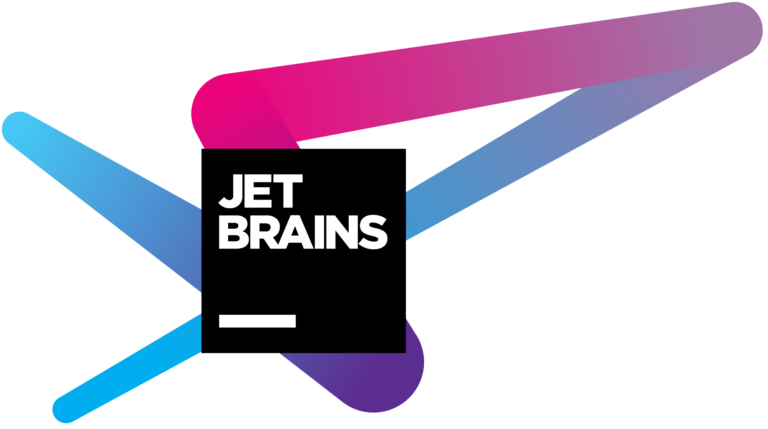
JetBrains has pushed out a major release of TeamCity, its continuous integration server, with new features including automatic blaming for test and build failures.
The Czech-based firm firm said TeamCity 2018.2 was the second major release of the server this year. In the release notes it highlighted increased scalability and the ability to install plugins without having to restart the server, amongst other features.
The former comes in the form of an ability to add a second TeamCity node to take a load off the main server. This secondary node takes on collecting and checking for changes from the version control system. This builds on the previous “read only node” option. The firm said this change should ”greatly reduce the CPU load of the main TeamCity server” in certain situations at least.
The use of plugins has been simplified, with users no longer needing to restart the server to enable installed plugins, or to install new ones. This is accompanied by integration between the JetBrains plugin repository and TeamCity Server, with the ability to enable regular checks for updates.
The latest version of the continuous integration platform also has extended its support for GitHub pull requests, with filtering options including by author, by internal or external collaborators, or by target branch. Future upgrades should see the secondary server take on handling of data from agents.
Other changes include automatic investigation assignment, so that, according to the notes, “TeamCity analyses build problems and test failures and tries to find a committer to blame for the problem using a number of heuristics.”
Test failures will result in a suggestion as to who should investigate – or blame for – the issue. The auto assigner can be configured to suggest investigators for build problems as well.
Other changes include tracking of Docker images tagged or pulled during builds and auto cleaning of these if they remain un-used. Image platforms can now be selected, meaning you can work with mixed Windows and Linux containers.
